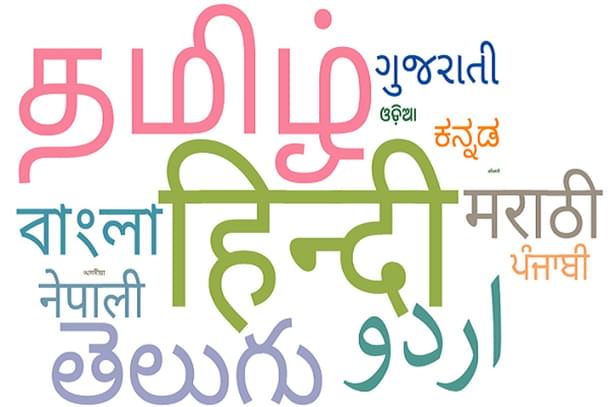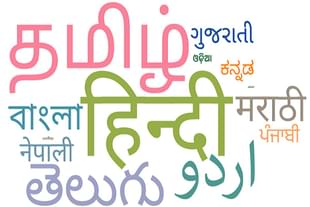News Brief
India’s Classical Languages Count Rises To 11 As Modi Cabinet Adds Marathi, Pali, Prakrit, Assamese And Bengali
Kuldeep Negi
Oct 04, 2024, 10:00 AM | Updated 06:20 PM IST
Save & read from anywhere!
Bookmark stories for easy access on any device or the Swarajya app.


In a significant move, the Prime Minister Narendra Modi-led Union Cabinet on Thursday (3 October) gave its nod to confer the status of Classical Language to Marathi, Pali, Prakrit, Assamese and Bengali languages.
The Classical Languages serve as a custodian of Bharat’s profound and ancient cultural heritage, embodying the essence of each community’s historical and cultural milestone, according to a government statement.
So far, the government had conferred the status of Classical Languages to Tamil, Sanskrit, Telugu, Kannada, Malayalam and Odia.
The Linguistics Experts Committee (LEC), under Sahitya Akademi, in a meeting on 25 July, revised the criteria for the status of Classical Language, and recommended Marathi, Pali, Prakrit, Assamese, and Bengali to be included in the list.
Sahitya Akademi has been appointed as nodal agency for the LEC.
The Central government said that the inclusion of languages as Classical Language will create significant employment opportunities, particularly in academic and research fields.
Additionally, the preservation, documentation, and digitization of ancient texts of these languages will generate jobs in archiving, translation, publishing, and digital media, it added.
In multiple posts on X, PM Modi lauded the Cabinet Decision to confer Classical Language status to Marathi, Pali, Prakrit, Assamese and Bengali languages.
Kuldeep is Senior Editor (Newsroom) at Swarajya. He tweets at @kaydnegi.




